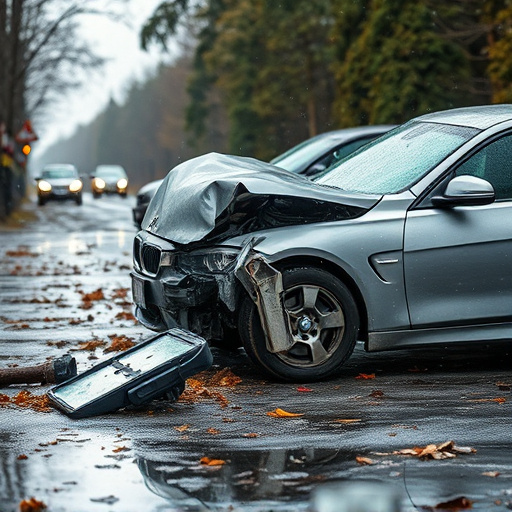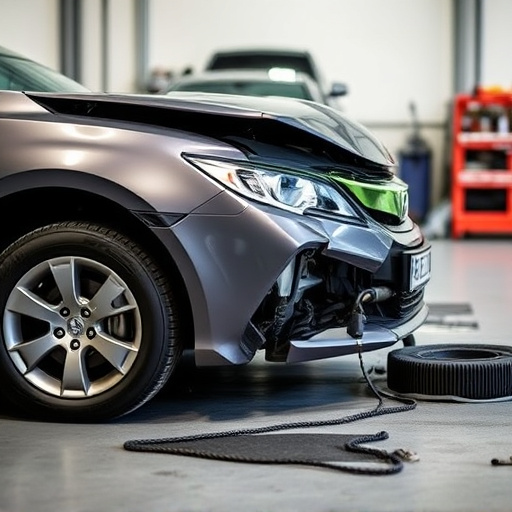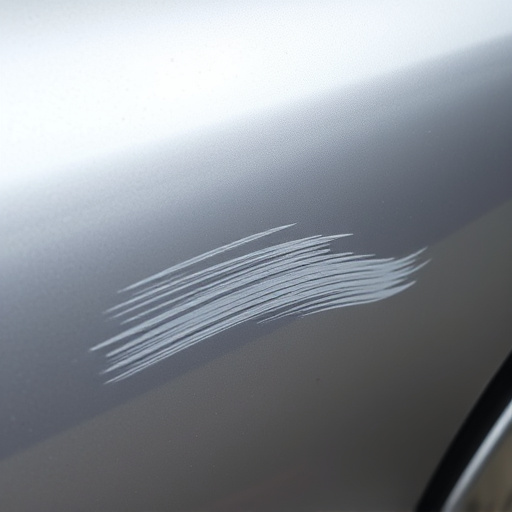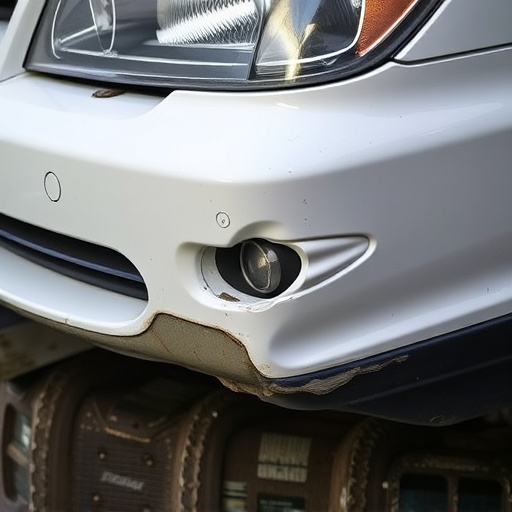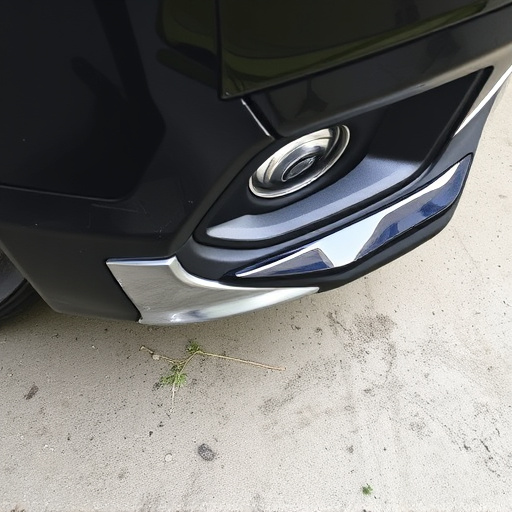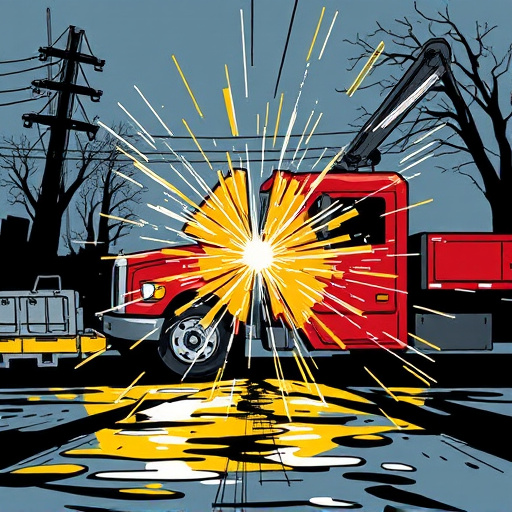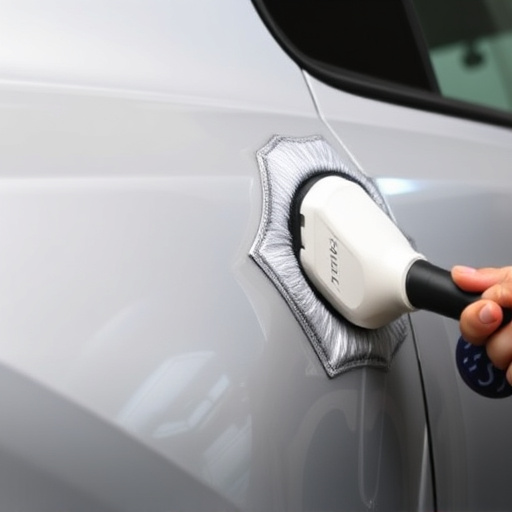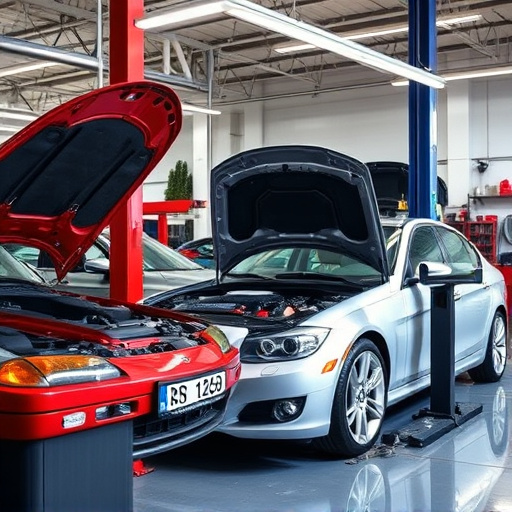Customer Safety Assurance (CSA) programs are vital for vehicle maintenance businesses, with basic levels focusing on standard safety protocols and advanced levels integrating cutting-edge tech, continuous training, and detailed emergency procedures. Both types of CSA programs protect customers through inspections, diagnostics, and proactive safety measures. Effectiveness is measured using clear goals and KPIs, enabling businesses to adapt practices based on data analysis for current effectiveness against evolving customer expectations.
In today’s competitive market, establishing robust customer safety assurance programs is paramount for businesses aiming to foster trust and loyalty. This article delves into the nuanced differences between basic and advanced customer safety assurance initiatives, offering a comprehensive guide for organizations seeking to enhance their practices. By exploring key features, implementation strategies, and effectiveness measurement, we empower businesses to navigate the landscape of customer safety assurance, ensuring optimal protection and satisfaction.
- Defining Basic and Advanced Customer Safety Assurance Programs
- Key Features: Basic vs. Advanced Safety Programs
- Implementing and Measuring Effectiveness in Customer Safety Assurance
Defining Basic and Advanced Customer Safety Assurance Programs
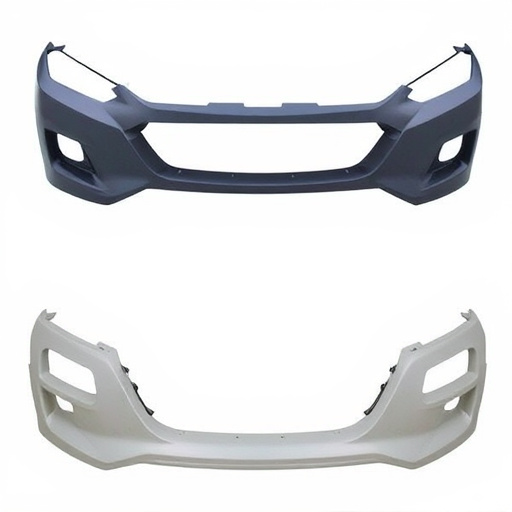
Customer Safety Assurance Programs are critical components of any business that deals with vehicle maintenance and repairs. Defining these programs begins with understanding their scope and objectives. Basic Customer Safety Assurance, often implemented in smaller businesses like local auto body shops or fleet repair services, focuses on adherence to standard safety protocols. This includes proper use of personal protective equipment (PPE), basic training for employees, and regular inspection of tools and machinery. The primary goal is to prevent accidental injuries within a general framework set by industry regulations.
On the other hand, Advanced Customer Safety Assurance Programs are more comprehensive, typically found in larger operations or specialized vehicle paint repair facilities. These programs go beyond basic compliance, integrating cutting-edge safety technologies and continuous employee training on advanced techniques. They prioritize not just prevention but also rapid response to potential hazards. By incorporating such measures as automated safety systems, regular equipment maintenance, and detailed emergency protocols, advanced programs aim to minimize risks and ensure a safer working environment for employees, thereby enhancing customer satisfaction and loyalty through the delivery of top-tier services.
Key Features: Basic vs. Advanced Safety Programs
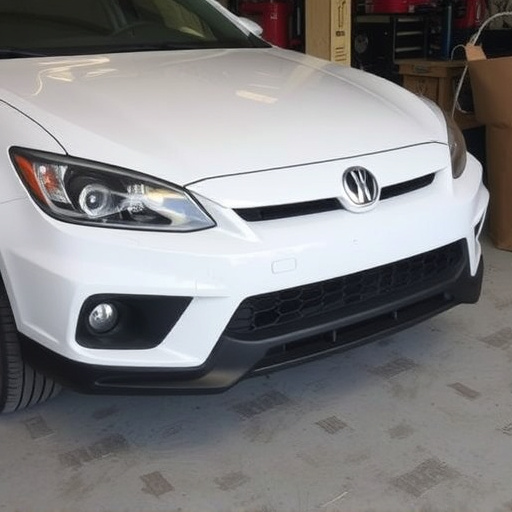
In the realm of customer safety assurance, both basic and advanced programs aim to protect vehicle owners, but they differ significantly in scope and execution. Basic safety programs often focus on fundamental aspects such as regular inspections, routine maintenance checks, and standard repair services, including car bodywork repairs for minor damages like scratches. These programs provide a solid foundation for vehicle upkeep, ensuring basic safety standards are met.
Advanced customer safety assurance programs, however, go beyond the basics by incorporating cutting-edge technologies and comprehensive service offerings. They may include features like detailed diagnostics using advanced equipment to detect potential issues early on. Moreover, these programs extend to specialized auto repair services, catering to intricate repairs and custom modifications. Advanced programs also emphasize proactive safety measures, offering regular updates and alerts to keep customers informed about vehicle performance and potential hazards, such as unseen car scratches or other hidden damage.
Implementing and Measuring Effectiveness in Customer Safety Assurance
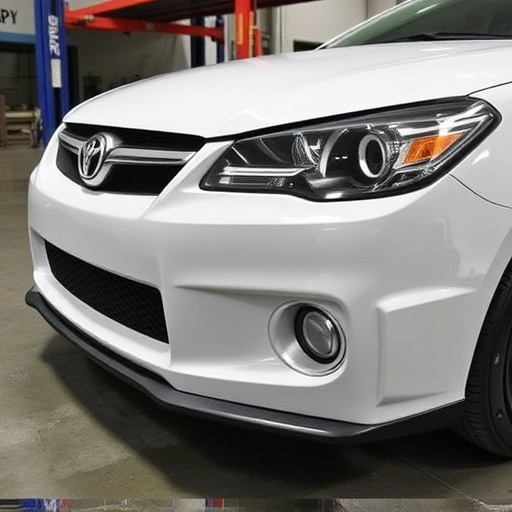
Implementing a robust customer safety assurance program is just the first step; measuring its effectiveness is equally vital. This process involves setting clear, measurable goals and key performance indicators (KPIs) that align with your program’s objectives. For instance, if your focus is on minimizing defects in car repair services, KPIs could include defect rates per vehicle, customer satisfaction scores related to quality, and the timeliness of service completion.
Regular reviews and data analysis are essential to understanding what’s working and what needs adjustment. In automotive restoration or dent repair, for example, comparing pre- and post-assure outcomes can reveal significant improvements. By continuously evaluating these metrics, businesses can adapt their practices, ensuring the customer safety assurance program remains relevant and effective in meeting evolving customer expectations and industry standards.
In conclusion, understanding the distinctions between basic and advanced customer safety assurance programs is paramount for businesses aiming to foster trust and mitigate risks. By recognizing key features like comprehensive risk assessment, continuous improvement, and proactive communication in advanced programs, companies can elevate their customer safety standards. Implementing and measuring these programs effectively ensures a secure and positive customer experience, building long-term loyalty and enhancing brand reputation.

